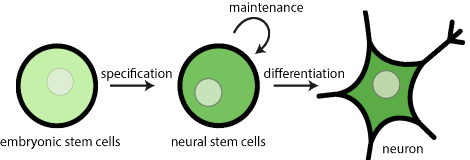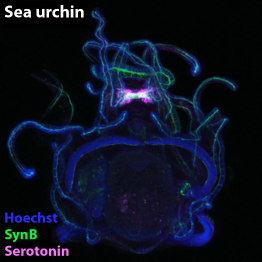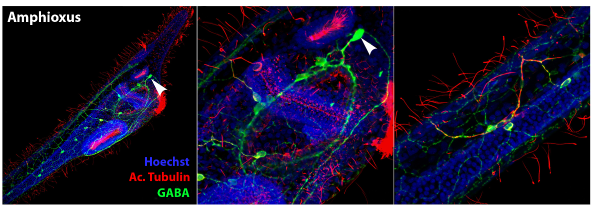The nervous system represents the single most important information relay system of multicellular animals. It coordinates voluntary and involuntary actions as well as transmission of signals between different parts of the body. The defining anatomical feature of nervous tissue is the presence of a particular cell type, the neuron. During nervous system development and maintenance, neurons arise from neural stem cells, but the current understanding of neural stem cell emergence and of the factors that regulate neural stem cell maintenance and their differentiation into neurons remains very fragmentary.

The involvement of intercellular signaling as one of the most important factors for coordinating both development and maintenance of the nervous system is undeniable. Of the intercellular signaling cascades required for nervous system development in vertebrates, Wnt and RA signaling are of particular importance, chiefly due to their functional interplay. Both signaling cascades have been shown to regulate complimentary aspects of nervous system patterning, for example during axis establishment and regionalization, as well as of neurogenesis, the process of producing mature neurons from embryonic stem cells. While Wnt signaling is, for example, involved in establishing embryonic axes, RA signaling is controlling the patterning along these embryonic axes. The Wnt and RA pathways are also both involved in proliferation and differentiation of neural stem cells, with their exact functions being seemingly determined by the tissular context, hence underscoring the complexity of vertebrate neural development.
Vitamin A (retinol) is a fat-soluble morphogen essential for the maintenance of various tissues and organs. Vitamin A and its derivatives, collectively referred to as retinoids, are also crucial for the promotion of vision, for immune and reproductive functions as well as for embryonic development.
In an effort to study the functional interplay of Wnt and RA signaling in less complex developmental systems and to interpret the obtained results in an evolutionary framework, in the EvoInSiDe team, we are currently investigating the roles of Wnt and RA signaling during neural development and neurogenesis of sea urchins, amphioxus, and lampreys. More specifically, our ongoing projects are (1) to characterize neuronal cell populations, including neural stem cells, in the developing nervous system of our three model animals, (2) to analyze effects of down- and up-regulation of Wnt and RA signaling activity during neural development, (3) to study regulatory relationships between Wnt and RA signaling during nervous system formation, and (4) to identify Wnt and RA signaling target genes during nervous system patterning and neurogenesis by high throughput differential screening analyses.

The results obtained in this project will reveal the roles played by Wnt and RA signaling in neural patterning and differentiation in our three alternative model organisms, and will, through thorough comparisons of data obtained in other animal models, significantly improve our understanding of how complex neuronal networks function, develop, and evolve through time.


Laboratoire de Biologie du développement UMR 7009
Cette UE se déroule sur 2 semaines et a lieu au laboratoire de Biologie du Développement de Villefranche -sur-Mer (LBDV). Elle inclut l’examen de l’UE d’analyse scientifique (5V089) suivie par les étudiants de la spécialité de Biologie du Développement.
Durant la 1ère semaine, les étudiants participent à des ateliers et des rencontres avec les chercheurs du laboratoire.
Durant la 2ème semaine, les étudiants sont répartis dans les équipes pour y réaliser un mini projet qu’ils présentent le dernier jour du cours. Le cours est donné en anglais pour tout ou partie.
Modalités d’évaluation
Présentation orale du mini-projet (binôme, 100 %)
UE en anglais (partiellement ou totalement)
Master BMC, S3, 6 ECTS
Code UE: 5V200
Responsable de l’UE: Carine BARREAU (MCU): carine.barreau [at] obs-vlfr.fr
Cette UE permet aux étudiants de 1ère année de Master de passer 2 semaines à l’Observatoire Océanologique de Villefranche-sur-Mer. Le cours est obligatoire pour les étudiants du Master Biologie Intégrative, parcours Biologie et Bioressources Marines (BBMA) tandis qu’il peut être choisi en option par les étudiants du Master Biologie Moléculaire et Cellulaire (BMC). Les étudiants participent à des ateliers de présentation des organismes marins utilisés par les équipes de recherche du laboratoire (LBDV) et apprennent à les manipuler au cours de travaux pratiques dont les thématiques vont de la Biologie du Développement fondamentale à la toxicologie appliquée.
Modalités d’évaluation
Analyse d’article et présentation orale (50%)
Compte-rendu écrit de TP (50%)
UE partiellement en anglais
Master BIP, S2, 6 ECTS
Code UE: 4B022 (ouverte au Master BMC)
Responsable de l’UE: Carine BARREAU (MCU): carine.barreau [at] obs-vlfr.fr
Cette UE complémentaire se déroule sur 2 semaines et permet aux étudiants de découvrir les différents aspects (métiers & recherche) de l’Observatoire Océanologique de Villefranche-sur-Mer (OOV). Ateliers et journal clubs sont organisés afin que les étudiants mettent en pratique leurs connaissances théoriques en biologie et développent leur capacité de communication scientifique en français et en anglais.